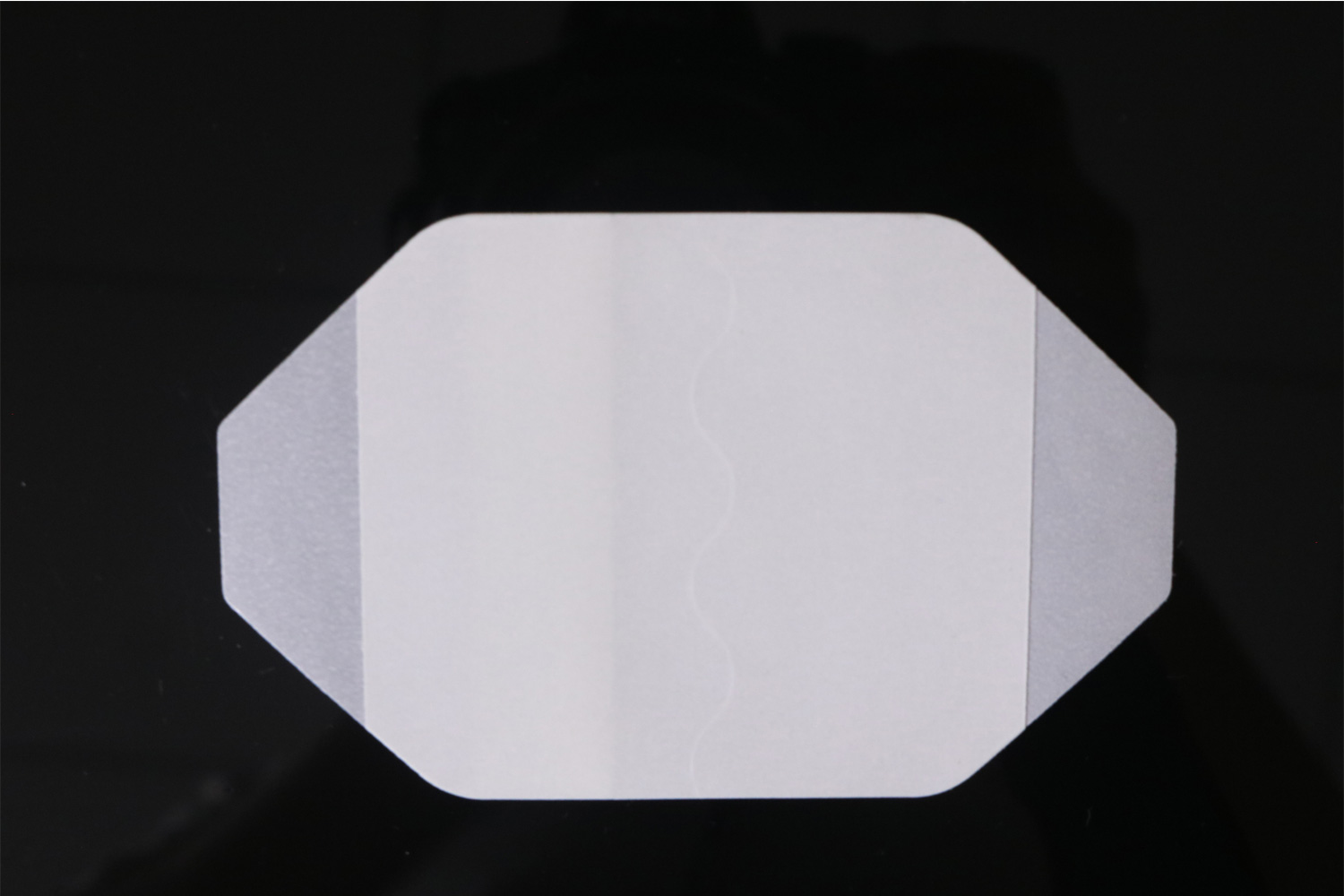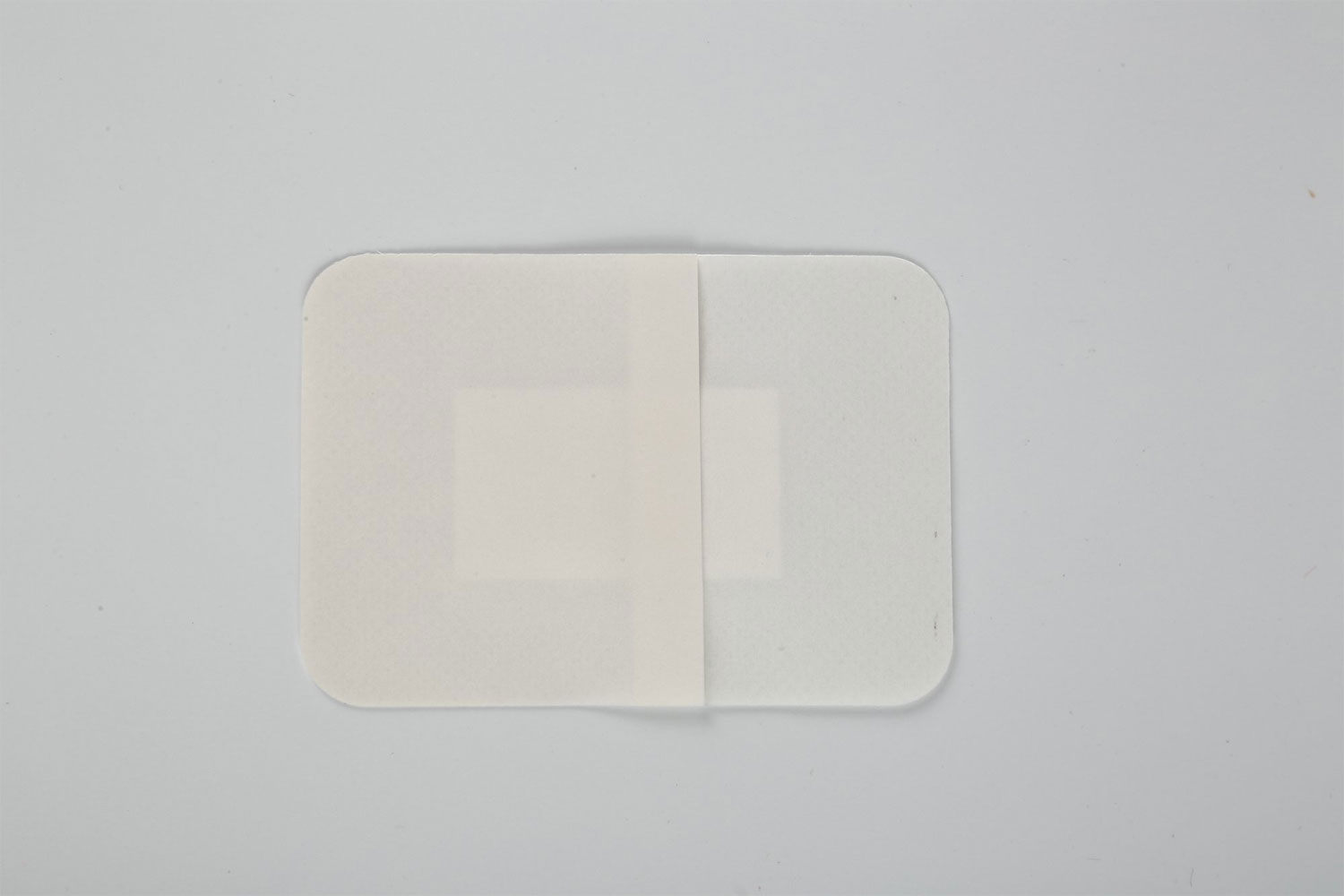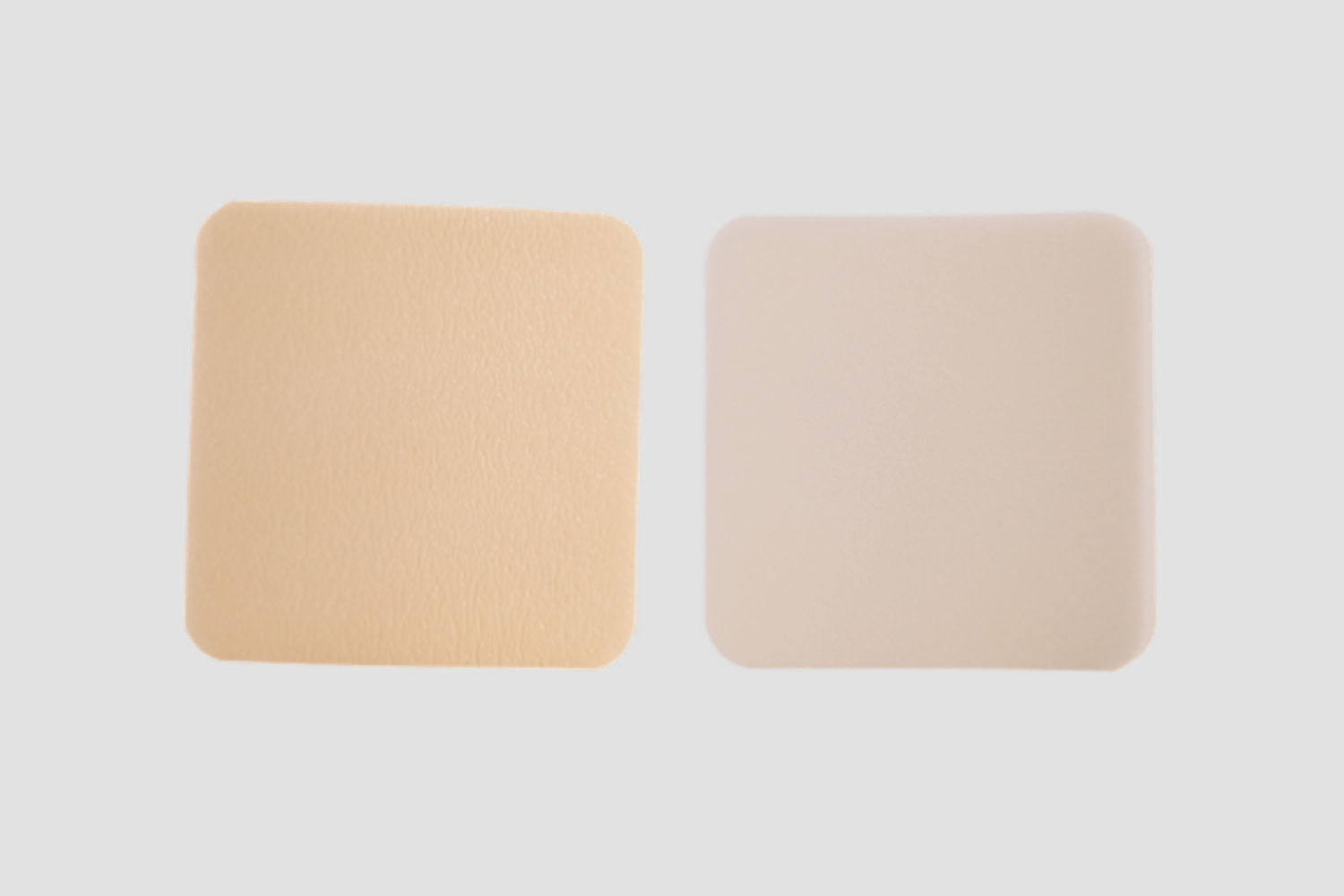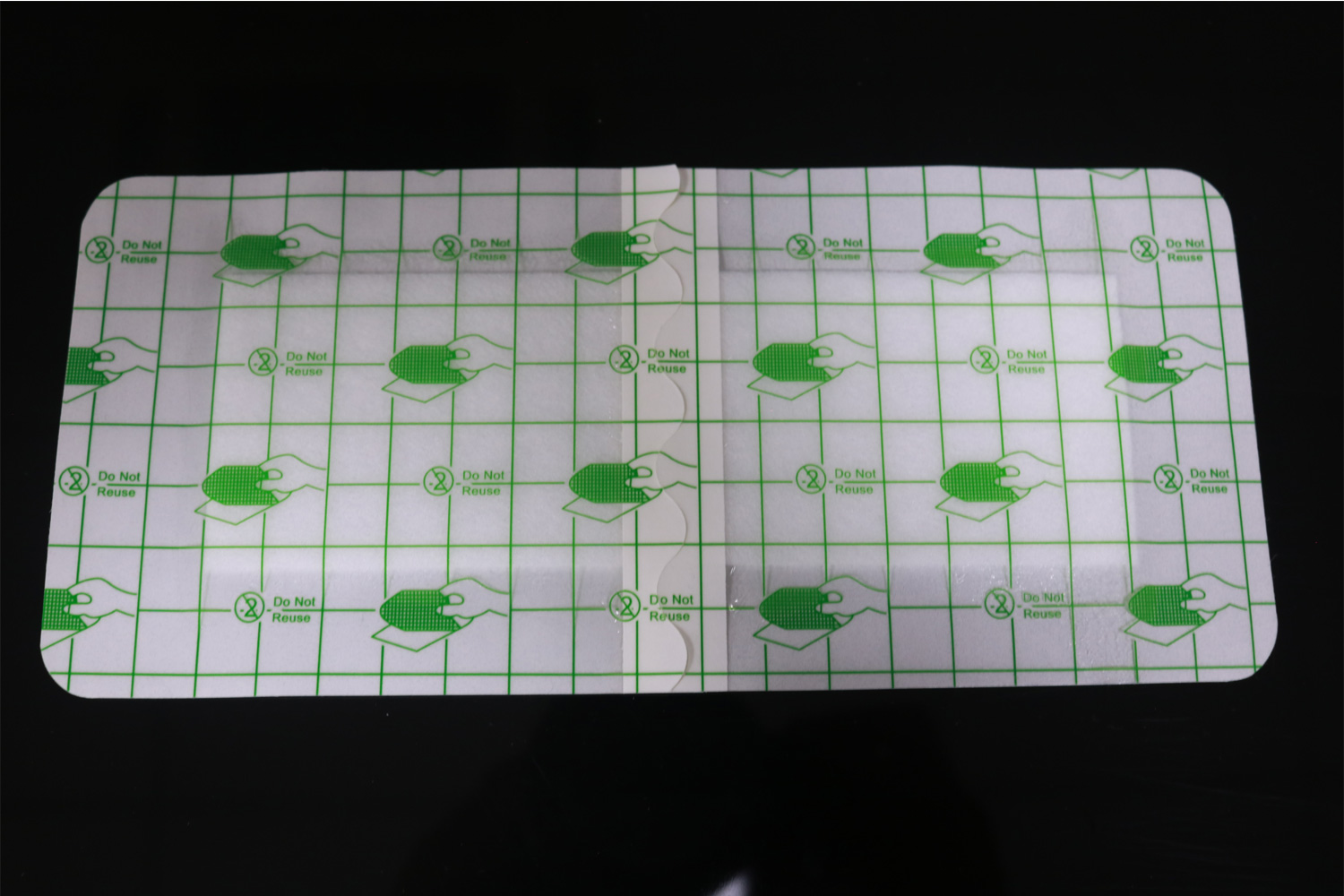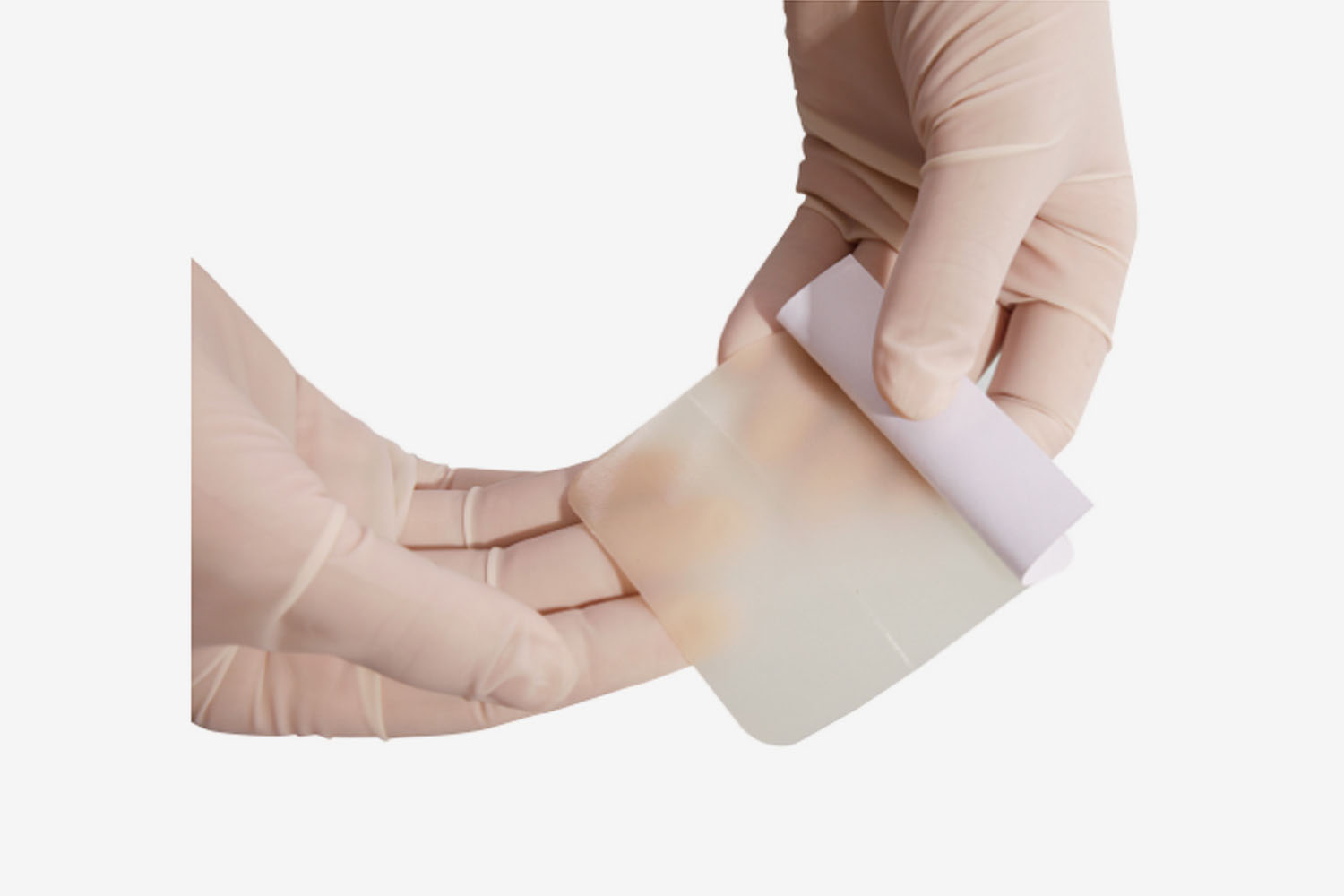Adhesive Film Dressing
All kinds of components required for efficient and effective peripheral catheter insertion or for starting or changing an IV site, provide peripheral catheter site care with securement dressing. The dressing kit combines securement and protection comprehensive solution in a convenient kit designed to improve patient comfort and reduce catheter-related infection.
Adhesive Film Dressing is a versatile and essential wound care product designed to provide a protective barrier while allowing the skin to breathe. This transparent, flexible dressing conforms to the body’s contours, ensuring a secure and comfortable fit. Adhesive Film Dressing is ideal for covering minor wounds, securing IV sites, and protecting healing skin from external contaminants while maintaining a moist environment for faster recovery.



